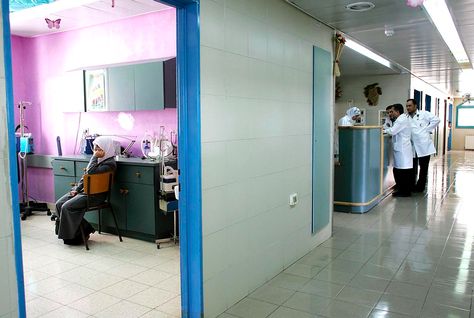Contracts for new medical facilities across the GCC are expected to reach US $9.53 billion by the end of this year, up 25% on 2013, with governments putting an increased focus on medical tourism.
Dubai plans to attract 500,000 patients for treatment by 2020 as part of its drive to become a centre for medical excellence in the region and bring a new stream of visitor revenue, according to the Dubai Health Authority (DHA).
To cater for these patients, the DHA said, 18 private and four public hospitals will be built over the next few years.
The UAE has doubled its healthcare budget since 2007 and currently ranks among the top 20 destinations for medical tourism.
Visa rules in the UAE were changed to help encourage medical tourism, simplifying the process for patients to access the country. Dubai Tourism and Marketing believes this market could be worth as much as US $30 million a year.

| Advertisement |
“The UAE spends an estimated US $2 billion a year to send patients abroad for treatment,” said Andy White, group event director of The Big 5.
“Gulf countries are spending heavily to ensure they can provide the best treatment inside their country and, in the case of the UAE, encourage medical tourists.
“Rising populations and changing demographics are creating a need for more specialised facilities, and in turn driving demand for more buildings.
“This is providing yet another opportunity for the region's construction sector, and firms are getting the chance to work on some of the most exciting healthcare projects.”
Saudi Arabia is among the GCC countries forecasted to triple healthcare expenditure across the region, according to Frost & Sullivan.
The Kingdom is spending more than US $23 billion improving its hospitals and medical facilities.
In Kuwait, the Ministry of Health recently awarded local company Sayed Hamid Behbehani & Sons the construction contract for the Farwaniya Hospital expansion.
The US $938 million project involves the construction of three buildings making up a new hospital, including an ER facility.









 Search our database of more than 2,700 industry companies
Search our database of more than 2,700 industry companies









